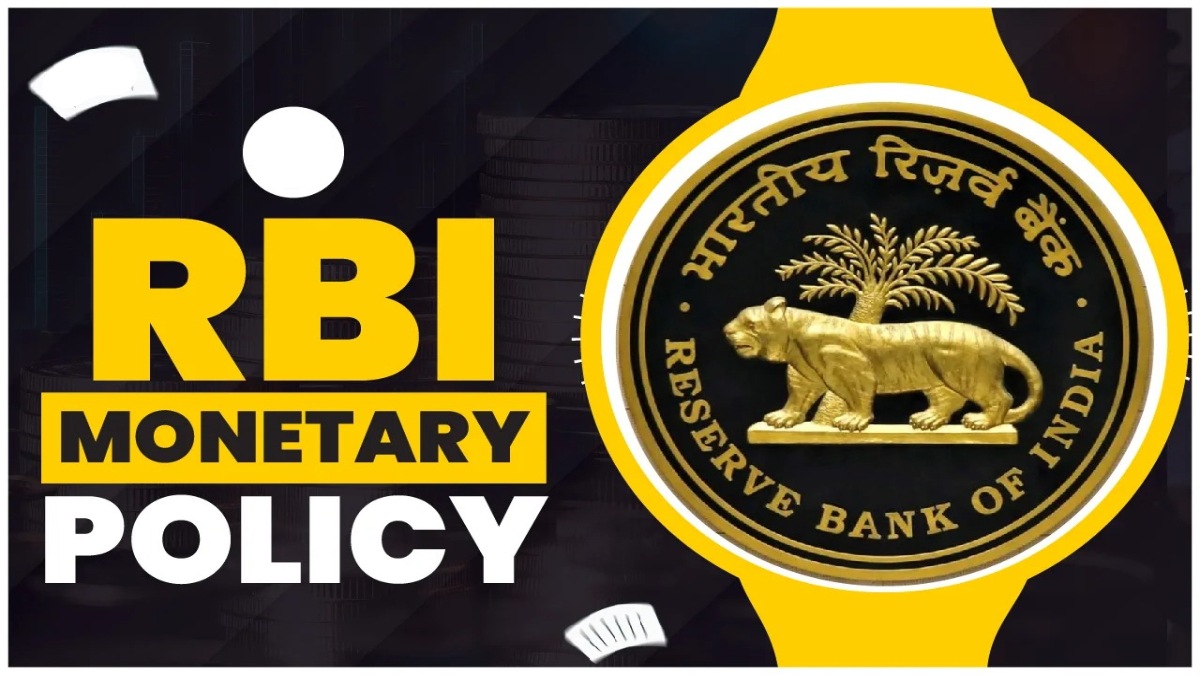Navigating Economic Uncertainties: RBI Monetary Policy in December Review

The Reserve Bank of India’s (RBI) Monetary Policy Committee (MPC) delivered a carefully calibrated and non-committal stance during its December 2024 policy review. The MPC, led by the Governor, struck a balance between ensuring price stability and addressing growth concerns. Amidst ongoing global uncertainties and domestic challenges, the committee opted to maintain the benchmark rate pause while boosting liquidity in the financial system.
Here’s a closer look at the key takeaways from the policy review:
Evolving Growth-Inflation Dynamics
The RBI acknowledged the divergence between growth and inflation, reflected in the revision of its FY25 projections.
- Growth Outlook:
Following disappointing Q2 FY25 GDP data, the RBI revised its growth forecast for Q3 and Q4 FY25 downward by 20-60 basis points (bps), reducing the annual growth estimate to 6.6% (from 7.2%). However, the MPC remains optimistic about the growth trajectory in FY26, projecting quarterly growth to exceed 7% in the first half of the fiscal year. Analysts, however, maintain a more conservative view, predicting FY25 growth at 6.3%. - Inflation Adjustments:
Inflation surpassed official projections for the second consecutive quarter, prompting upward revisions of 90bps and 30bps for Q3 and Q4 FY25, respectively. This raised the annual inflation forecast to 4.8% (from 4.5%). Authorities remain hopeful that winter disinflation, coupled with a strong kharif harvest and favorable rabi production conditions, will moderate price pressures. - Weather’s Role in Inflation:
The RBI highlighted weather disruptions as a significant driver of food inflation. Recent heatwaves and excessive rainfall have impacted agricultural supply chains, making food inflation highly sensitive to temperature variations. A World Bank study underscored this correlation, showing a 0.5 relationship between food inflation and annual mean surface temperatures in India.
The Road Ahead
Looking forward, the MPC will have critical data points, including two additional inflation readings and the FY26 Budget, before its February 2025 policy review.
- Inflation Trends:
Inflation is expected to normalize within the 4-5% range as the impact of weather-related disruptions fades. - Budget Expectations:
The FY26 Budget is likely to continue fiscal consolidation, targeting a deficit reduction to 4.5%. - Potential Rate Cuts:
While the stage may be set for rate cuts in February, external factors such as US policy changes and global market dynamics could delay this decision. The RBI is likely to prioritize maintaining favorable rate differentials and managing rupee volatility to shield the economy from external shocks.
Liquidity Measures to Support Growth
Recognizing near-term liquidity challenges, the MPC adopted targeted measures:
- CRR Cut:
The RBI announced a 50bps reduction in the Cash Reserve Ratio (CRR) in two tranches (effective December 14 and December 28, 2024), releasing INR 1.16 trillion into the banking system. This liquidity infusion aims to ease funding pressures from tax outflows, rising currency demand, and capital flow volatility. - Impact on Banks:
Analysts estimate a 2-6bps improvement in net interest income for domestic banks if the additional liquidity is fully deployed for loans.
Encouraging Capital Inflows
To attract foreign capital, the RBI raised interest rate ceilings on Foreign Currency Non-Resident (Bank) [FCNR(B)] deposits. However, the actual impact is expected to be limited due to the underutilization of existing limits. Industry stakeholders had hoped for further concessions, such as CRR exemptions for incremental FCNR(B) deposits.
Final Thoughts: Balancing Stability and Growth
The RBI’s December 2024 policy decisions reflect a cautious approach amid global and domestic uncertainties. By maintaining its pause on interest rates and implementing strategic liquidity measures, the MPC aims to navigate an uncertain economic environment effectively. With inflation moderation on the horizon and fiscal consolidation in progress, the stage is set for future adjustments. However, global headwinds and domestic risks will remain critical factors influencing the path forward.
India’s resilience, bolstered by strong domestic guardrails, positions it to withstand potential economic storms, but vigilant monitoring and responsive policymaking will be essential in 2025 and beyond.
Also Read: SM REITs: A New Way to Invest in Real Estate


